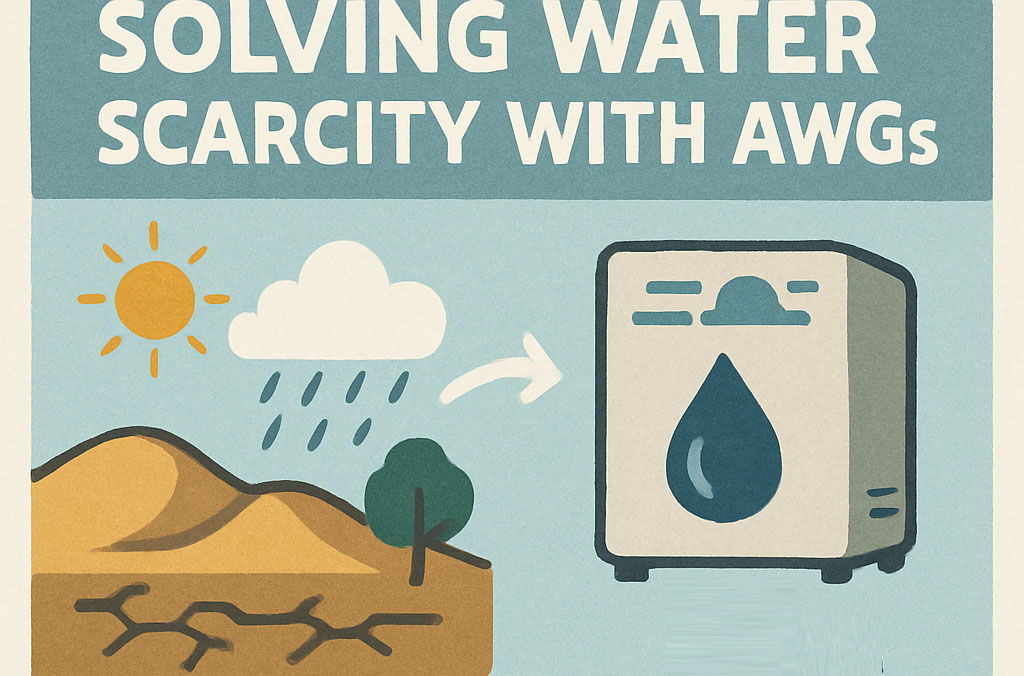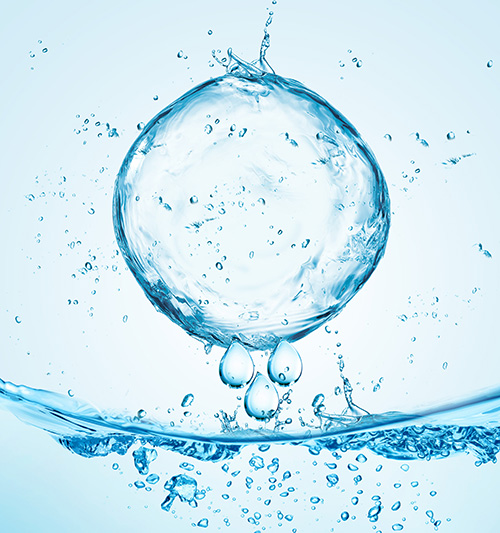The Advantages of Atmospheric Water Generators
Jul 27, 2025
In today's world, where water scarcity is becoming an increasingly pressing issue, innovative solutions are more critical than ever. One such solution is the atmospheric water generator (AWG), a technology designed to harvest water from the air. But what exactly are these devices, and why should you consider them? Let's dive into the advantages of atmospheric water generators today.
Atmospheric water generators are devices that extract water from humid ambient air. They use various technologies, such as cooling the air to condense water vapor or using desiccants to absorb moisture. Once captured, the water is filtered and purified, making it safe for consumption.
How Do They Work?
AWGs operate on a simple principle—cooling air to convert vapor into liquid. This process is somewhat similar to how a dehumidifier works but with the added function of purifying the water for drinking purposes. Some advanced models even incorporate renewable energy sources like solar panels to power the system, making them more sustainable.
Benefits of Water Harvesting
Water harvesting via atmospheric water systems presents numerous benefits. Here are some of the most compelling advantages:
Sustainable Water Source
One of the most significant benefits of AWGs is their ability to provide a sustainable source of water. They do not rely on traditional water supplies like rivers, lakes, or groundwater, which are often depleted or polluted. Instead, they tap into the vast reservoir of moisture in the atmosphere, which is continually replenished by natural processes.
Reducing Water Scarcity
With many regions experiencing severe droughts and water shortages, AWGs offer a practical solution to reduce dependency on diminishing water sources. By harvesting atmospheric moisture, communities can access a reliable water supply even in arid or drought-stricken areas.
Environmental Benefits
Atmospheric water generators have a lower environmental impact compared to conventional water extraction methods. They do not require large-scale infrastructure, such as dams or pipelines, which can disrupt local ecosystems. Moreover, because they can be powered by renewable energy, they offer a greener alternative to energy-intensive desalination plants.
Improved Water Quality
The water harvested by AWGs is typically of high quality, as it undergoes multiple stages of filtration and purification. This ensures that the water is free from contaminants and safe for drinking, making it particularly beneficial in areas where water quality is a concern.
Advantages of Atmospheric Water Generators
Versatility and Accessibility
AWGs are versatile and can be used in various settings—from rural communities and disaster zones to urban areas and private homes. Their ability to function independently of traditional water supply systems makes them accessible in remote locations where infrastructure may be lacking.
Cost-Effectiveness
While the initial investment in an AWG can be significant, the long-term savings are substantial. By providing a free and renewable source of water, these systems reduce the need for costly water transportation and distribution. Over time, this translates into reduced water bills and less strain on municipal water systems.
Emergency Preparedness
In times of natural disasters or infrastructure failures, having an AWG can be a lifesaver. These devices ensure a continuous supply of potable water, even when traditional sources are compromised. This makes them an invaluable tool for emergency preparedness.
Potential for Innovation
The field of atmospheric water generation is ripe for innovation. As technology advances, we can expect more efficient and affordable models to become available. This ongoing development promises to make AWGs an even more attractive option for water harvesting in the future.
Challenges and Considerations
While atmospheric water generators offer numerous benefits, there are some challenges and considerations to keep in mind:
Energy Consumption
AWGs require energy to function, which can be a limitation in areas with limited access to power. However, the integration of renewable energy sources, like solar panels, can mitigate this issue and make AWGs more viable in off-grid locations.
Climatic Conditions
The efficiency of AWGs largely depends on local climatic conditions. They are most effective in humid environments and may produce less water in arid regions. Therefore, it's crucial to assess the local climate before investing in this technology.
Initial Costs
The upfront cost of purchasing and installing an AWG can be a barrier for some. However, as the technology becomes more widespread and economies of scale are achieved, prices are expected to decrease, making them more accessible to a broader audience.
Atmospheric water generators present a promising solution to some of the world's most pressing water challenges. By providing a sustainable and reliable source of clean water, they offer a viable alternative to traditional water systems. Whether for emergency preparedness, environmental sustainability, or reducing dependency on scarce water resources, AWGs stand out as a forward-thinking choice for the future.
Incorporating atmospheric water systems into your water strategy could not only help address current water scarcity issues but also pave the way for more resilient and sustainable communities. As technology continues to evolve, the role of AWGs in global water solutions will likely expand, making them an essential component in the quest for water security.

 Network Supported
Network Supported